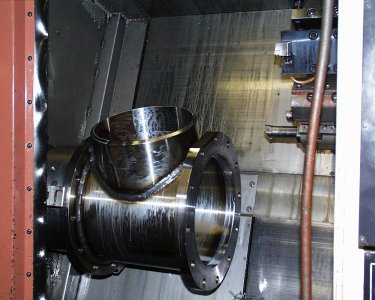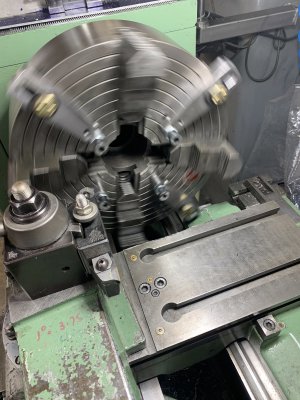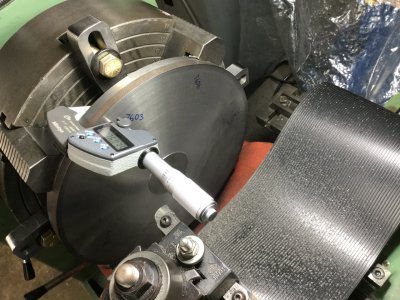- Joined
- Sep 1, 2020
- Messages
- 794
I emailed my friend about my being afraid of putting a 10" round in my 10" three jaw. He didn't laugh out loud but suggested that it won't take a lot of clamping force with a positive back stop. He cautioned me and stressed the importance of keeping the rotation speeds down. I think the implications are of me being a scaredy-cat time waster which would be accurate. Man, if I could only retain one tenth of the things he has taught me over the 50 years of friendship, if be a genius!





